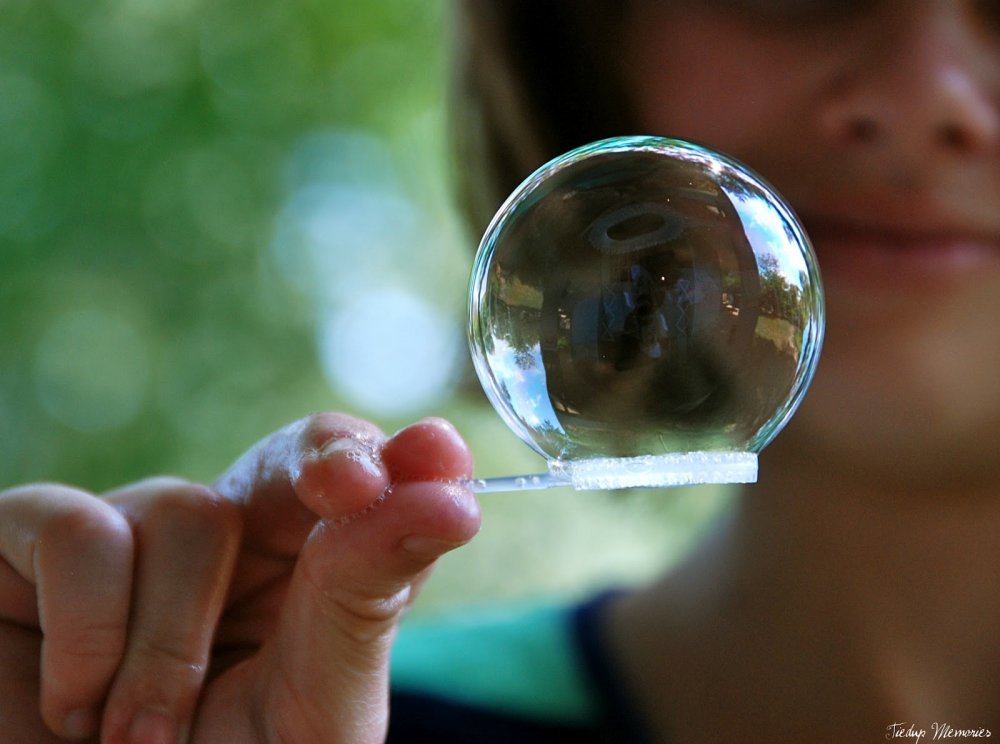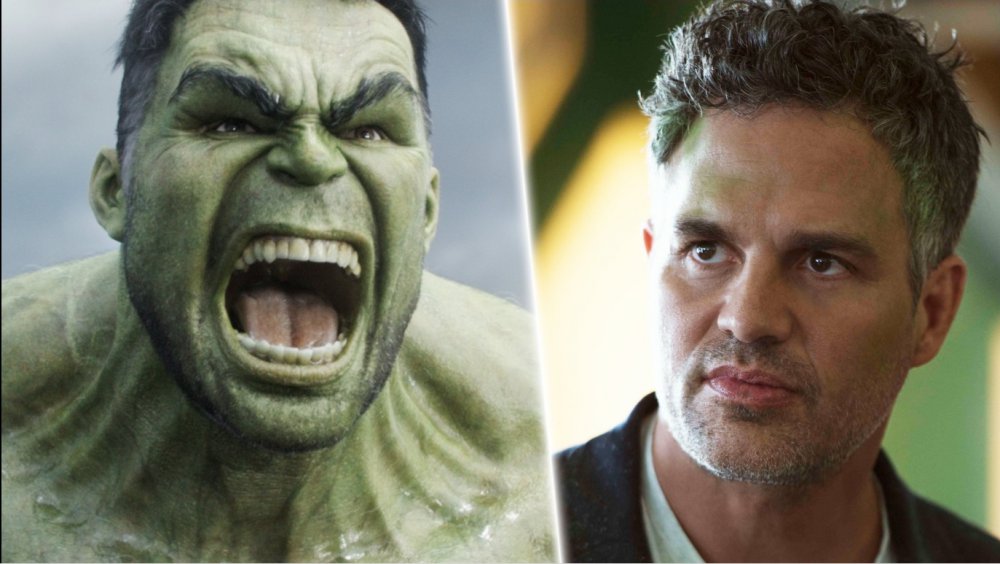Leaderboard
Popular Content
Showing content with the highest reputation on 03/28/2021 in all areas
-
Good to read some common sense. I really don't get the need for even more resolution. Or certainly not as a priority. Quite a few years ago, when 4K was new. There were so much more sceptics. Lot's more people downsizing the importance of resolution. I mean this in a good way. But now it seems like almost everybody got convinced by the resolution marketing. I remember reading an article going from 2K to 4K, where they did a cinema screen test. The increase in resolution was only visible from the first few front seats. I do understand the practicality when it comes to slightly reframing or being able to virtual dolly with a push in. But that's not how they market it at all, and thats not how the people get convinced. The Alexa and the Sony F35 are both still the best when it comes to digital cinema camera's. Colour science, dynamic range and motion cadence over these 4K, 6K and 8K buzzwords. And let's not forget, an easy workflow. Both the Alexa and Sony F35 suffice with a simple LUT to make them look good (cinema good). To keep it on topic It doesn't tick all of your boxes but it's quite a bit cheaper, Yiomo have you thought about a Sony pmw F3 ?2 points
-
For Leslie it is probably more important if it is wether resistant?2 points
-
Hahaha.. I think that this is regarded as a bit of an outlier in terms of the demand placed on the colourist and post-production, but yes, being a professional colourist isn't top of my career choices either! I'm less familiar with the inner workings of how Steve works in post, although I get the impression that although he has very specific requirements, he's also much more hands on during that process, so it's less of a case of making specific requests of others, but once again, I haven't seen anything one way or the other. @noone I watched a great panel discussion between a few industry pros (I just had a look for it and unfortunately can't find it) debating resolution, and the pattern was completely obvious. The cinematographers wanted to shoot 2K, or as close to it as possible, because it makes their life easier and the films are all mastered in 2K anyway. The post-production reps wanted as much resolution as possible (8K or even more if possible) because it's really useful for tracking and VFX work, which they said is now pretty much a fixture of all productions these days. So in that sense, I think it's just about what kind of production you're shooting, and once again, being aware of what you're trying to accomplish and then using the right tools for the job. You can't make comparisons, discuss, criticise, or even comment on something you haven't watched. As someone who HAS watched it, more than once actually, I found that it worked methodically, building the logic one step at a time, taking the viewer through quite a complex analysis. I found it engaging and was surprised that it didn't seem to drag, and found that it covered all the variables, including all the nuance of various post-production image pipelines, including the upscaling downscaling and processing of VFX pipelines. Your criticisms are of things he didn't say. That's called a straw man argument - https://en.wikipedia.org/wiki/Straw_man I'm not surprised that the criticisms you're raising aren't valid, as you've displayed a lack of critical thinking on many occasions, but what I am wondering is how you think you can criticise something you haven't watched? The only thing I can think of is that you don't understand how logic, or logical discourse actually works, which unfortunately makes having a reasonable discussion impossible. This whole thread is about a couple of videos that John has posted, and yet you're in here arguing with people about what is in them when you haven't watched them, let alone understood them. I find it baffling, but sadly, not out of character.2 points
-
2 points
-

Camera resolutions by cinematographer Steve Yeldin
Mark Romero 2 reacted to John Matthews for a topic
I can try to upwrap this portion of the video for you. Regardless of how much compression was used, his point was to show that, even with a 4k or 8k image, compression plays a significant role in the final image. Just increasing the megapixels isn't enough and would decrease the quality, not increase it. Concretely, a 4k image compressed to 10mbps will not produce a better image than a 1080p image at 10mbps. His point was to show resolution doesn't necessarily mean a quality image; there are many factors, compression being one of them. IMO, the issue of Long GOP and ALL-I is mute with modern encoders, but, if looking for a formula, 50mbps long-gop is equal to 100mbps ALL-I. You'll get significant space savings and 99% the quality in most situations. I cannot comment on working with Raw... I'd never do that for my purposes.1 point -
Camera resolutions by cinematographer Steve Yeldin
John Matthews reacted to Mark Romero 2 for a topic
Regarding Compression Question I asked Above ^: It starts at the 38:16 mark of the Part 2 video. I guess what he is doing is trying to emulate what a highly compressed codec does when applied to a UHD or above resolution (spoiler alert: it leads to banding). It was difficult to understand because 1) I have no idea how nuke works, and 2) he wasn't really explaining what he was trying to show (just showing it "with compression" as well as "without compression"). At least I guess that is what he is trying to show. I don't know whether those compression artifacts are also caused by using Long GOP as opposed to All-I compression, or whether it is just a matter of bitrate and / or bit depth. So would using a "consumer camera" like an S1 but recording externally in ProRes HQ or DNxHR HQX avoid that compression? Or does one have to export RAW to avoid the compression artifacts?1 point -
I didn't know the C70 used a lot of noise reduction. The FX6 seems more organic.1 point
-
Nice play on words no0ne 😀 Bizarrely I am considering how I might accomplish such a thing. First thought was a ex meth lab flask 😉 with maybe a simple lens at the end to help focus and a pinhole to top things off. Food for thought. Perhaps the next challenge should have a home made component to it.1 point
-
It's even got a nice pincushion distortion as a slight nod to the vintage anamorphics of old... I love it! If we fill it with Helium then it can be even more uplifting, raising the entire production value! It is weather resistant?1 point
-
As the owner of a Canon 700D, I'd suggest that it would barely be 720p! But it certainly is a nice example of what can be done with enough skill....1 point
-

Sigma Fp L adds long awaited phase-detect AF
NeuroJitsu reacted to Andrew Reid for a topic
Yeah it is as if they thought, "well it comes like this so must be reviewed like this". What does he think the quarter inch thread is for? A beer holder? It takes about 10 seconds to attach the official Sigma grip. The box format is about the modular flexibility and they barely touch on it. Would have been easy for Sigma just to do yet-another-clone of a Sony A7. Like Nikon are. Props for having the guts and imagination to step outside the box. Just shows up these YouTubers for how uncreative they are as artists that they can't even be bothered to attach a wooden hand grip.1 point -

Are Sony sensors ruining video with the 'Sony look'?
kye reacted to Matthias Scheja for a topic
1 point -
The slo-mo purple fringing thing is because I pushed slo-mo in post to match the beat. It was a creative decision that was not planned in the pre-production. The video was shot with two lenses. The Panasonic 24-105 f/4 (fantastic lens!) and the Canon 50mm f/1.8. The Canon was not initially planned to be used as the night scenes were meant to be lit, but it became a safety concern with the wet snow, so we only used a battery LED Fresnel on the last shot. If you look at the scene from 1:30, you can clearly see the image degrades at 1:36, which you have correctly noted! This is the best example of an identical scene, identical lighting, with just a change in aperture to account for the fps increase. The seemingly longer lens is mostly from the 4K 60p S35 crop. I also forgot the the last shot of the video, which reminded me that anywhere there was a slo-mo shot, the camera is switched to 4K 60p H.265 4:2:0 S35 instead of 4K 23.976p H.264 4:2:2 FF. Good eye Jimmy!1 point
-

Alternatives to original BMPCC (Super 16 look)
kye reacted to Tim Sewell for a topic
That sequence was graded slog3. He mentioned that later in the video.1 point -

Help me on an eBay hunt for 4K under $200 - Is it possible?
kye reacted to Matthias Scheja for a topic
Not 4K but it shows that ull need skill beside those 200$.... filmed on a Canon 550D + 50mm f1.81 point -
Yes, I said 12 bit codec as BRAW isn't actually RAW which is why it doesn't conflict with RED's patent. I am perfectly fine with any type of 12 bit codec even if it doesn't have white balance control. The extra color information is what I am after. As long as the bitrate is high enough to support it.1 point
-

Sigma Fp L adds long awaited phase-detect AF
deezid reacted to Xavier Plagaro Mussard for a topic
I do. Rolling shutter is terrible, dynamic range too. For the same price you have better options. Unless your only requirement is small body size.1 point -
I think you make excellent points but disagree with this part of your post, as I think we've been concentrating on the wrong things in camera development. Specifically, we have way more pixels than we need, which you mentioned, but the missing link is dynamic range, which is still very immature in terms of development. Almost everyone can compare an Alexa frame with a sub$2500 digital camera frame on a big TV and see why the Alexa costs more. Under certain controlled situations this difference can be managed and the cheaper camera can come a lot closer, but in uncontrolled lighting and high DR situations it's quite obvious. This comparison still holds if you compare those images on a laptop screen, and even a phone screen in some situations. The fact that the Alexa looks better on a 2.5K laptop display, or a 720p phone screen, means that the image quality cannot be about resolution, as the resolution advantage of the cheaper camera will be eliminated by the downscaled image. What is left is colour science and dynamic range. We should be taking these 8K sensors, putting on the OLPF from a 4K sensor, and sending every fourth pixel to a different ADC pipeline with differing levels of gain, which are then digitally combined to get a very high dynamic range 4K image. The Alexa was released over 10 years ago, shot 2K, and had a dual-gain architecture. Here we are over a decade later and we have cameras that have 16 times as many pixels, but still don't match the DR, and still don't look as good. The real "progress" that has been achieved by the manufacturers is convincing people to buy more pixels despite the fact that they really wanted better pixels.1 point
-

Upgrading to an... older camera
Rinad Amir reacted to kye for a topic
Netflix buys non-4K stuff often, and even the stuff they commission is frequently shot on <4K cameras, including 2K Alexas. Think about image quality not pixel quantity. To paraphrase a quote from another industry: "If the pixels are sh*t, why would I be happy that there are 4 times more of them?".1 point




